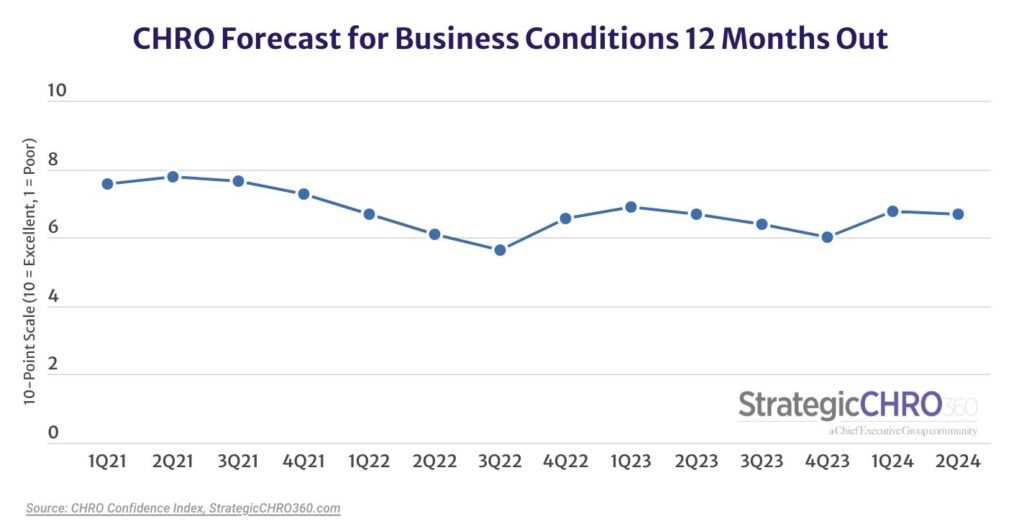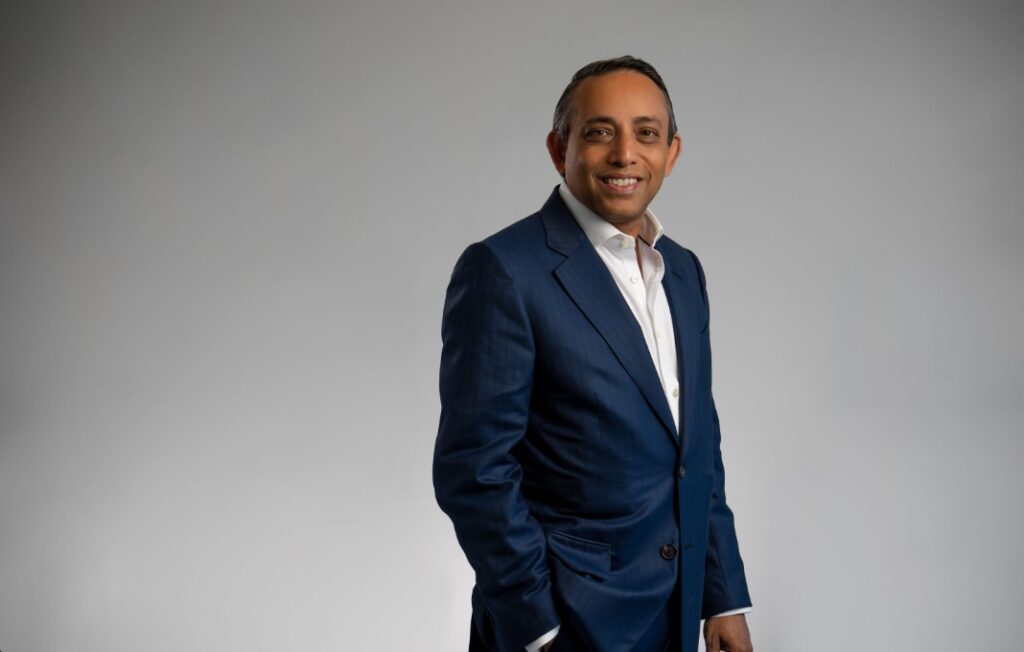Rick Johnson is the first ever chief digital officer for Marvin, the window and door manufacturer based in Warroad, Minnesota. In a different time, he might have been named chief information officer, and his position says a lot about how technology is changing the workplace—and how the C-Suite should respond.
Johnson spoke with StrategicCHRO360 about what it’s like to help a 100-year-plus organization digitally transform its operations.
How have you approached defining your role and integrating your function with teams throughout the company?
The title of chief digital officer might not be as familiar as that of CIO, but it’s the right fit for the work I’m leading and supporting at Marvin. I’ve been asked about the difference and why it matters, and I’ve worked with leadership at Marvin to define this role as inclusive of traditional CIO responsibilities, as well as expanded to broad oversight of digital teams and organizational transformation. As the CIO role has evolved, CIOs should be responsible for direct outcomes such as how business operations are constructed and executed.
In my case, that has led to responsibility for defining how we will run the business in the future, and mapping the path to get from here to there. Today, digital technology offers more than the opportunity to change how work gets done—its reach extends to what work is.
Historically, traditional technology was viewed as an enabler, something that would enhance doing work better, more quickly, but the work didn’t fundamentally change. Digital technology provides the opportunity to redefine what work is by giving rise to new things that weren’t previously possible. As CIOs and CDOs expand their impact, they can progress from technology and systems influencer to initiative owner and strategic accountability partner.
When new to the role, what do you recommend for CIOs and CDOs to prioritize as their areas of focus?
Whether new to an organization or new to the role, I highly recommend CDOs, CIOs or those in roles leading the information technology function first gather as much insight as possible from their cross-functional peers.
As a CDO now, and in past roles as a CIO, I have found that leaders guiding the information technology function in their organization have a unique vantage point. As technology is woven throughout every aspect of how a business operates, IT leaders inevitably find themselves involved in almost every area of an organization.
When you partner with peer leaders early and invest your time in understanding their business needs and how they serve the organization’s goals, you’ll have the knowledge required to counsel from a place of understanding and begin effectively co-creating.
Building this credibility early will establish a strong foundation for you and your team to aid in jointly defining what the organization needs to do by weighing the opportunity against what’s possible and the reality of how it can be accomplished. This co-creation process is fundamental to digital solutions, and to be a credible co-creator, leaders and teams must seek to understand all of the organization’s segments.
This also presents an opportunity to build digital acumen with non-native IT colleagues. This opportunity is enhanced with the support of digital technology, allowing for collaborative iteration to reach something beyond what was previously possible.
You’ve just established a Transformation Management Office at a more than century old organization—what have been some of the unexpected challenges in doing so? What hurdles have you had to overcome?
Leading transformation at Marvin, which has been manufacturing premium windows and doors for four generations, is a fascinating assignment. Together with my team, I am responsible for the oversight of 15 key strategic initiatives for the company’s five-year business plan. One of the more significant challenges to-date has been organizing this expansive body of work and guiding teams throughout the organization in new ways of working.
Further, these initiatives require a bird’s eye view to be planned in a sequence that ensures maximum value and avoids duplication of efforts. To do this most effectively, I’ve built a team that includes leaders from outside the IT organization—engineers, manufacturing leaders and more—who have a deep understanding of the company’s processes and systems.
This approach allows us to be nimbler when faced with challenges to progress and provides an enterprise-wide view of the initiatives, their progress and expectations across functional areas.
Typically, you might expect to encounter resistance to change in a long-established organization. In contrast, I’ve uncovered a pent-up demand for transformation in my current role. Now the challenge is effectively harnessing and directing that energy to ensure it’s aligned, consistent, productive and leads to our desired outcomes.
Why does a TMO belong in a CDO or CIO’s reporting structure, and what advice do you have for other leaders looking to establish a TMO at a long-standing organization?
CIOs and CDOs should be immersed in constructing new business models at their organizations. And a best-in-class transformation management office provides core principles for an organization’s future-state supported by solid business practices and enabled by technology.
To me, this is a natural way of thinking about a CIO or CDO’s responsibilities and the presence they should be bringing to the executive suite—it’s not one of being in the back seat, simply providing answers to technology challenges. Today, I believe this is the expectation and a differentiator for success.
As such, it’s vital that we expand our understanding and grow overall business acumen. My career began in mechanical engineering, then consulting and finally the technology implementation to affect business outcomes. Those experiences have helped me to establish credibility with business leaders and more natively speak their language, as I’ve experienced challenges similar to theirs and have seen how they were addressed and how technology influenced the resolution.
To successfully establish a TMO practice, I recommend first gathering the unanimous support of your organization’s executive leadership team. While transformation should have an owner, it’s not successful if solely owned within the TMO function—it takes the entire executive team’s alignment, support and enthusiasm to lead across functions cohesively.
To do that, you must create and ensure active leadership of the initiatives by other executives. Even with alignment and support, that doesn’t necessarily translate to active ownership and engagement. Critically, we all must have shared accountability that then naturally translates to active leadership.







